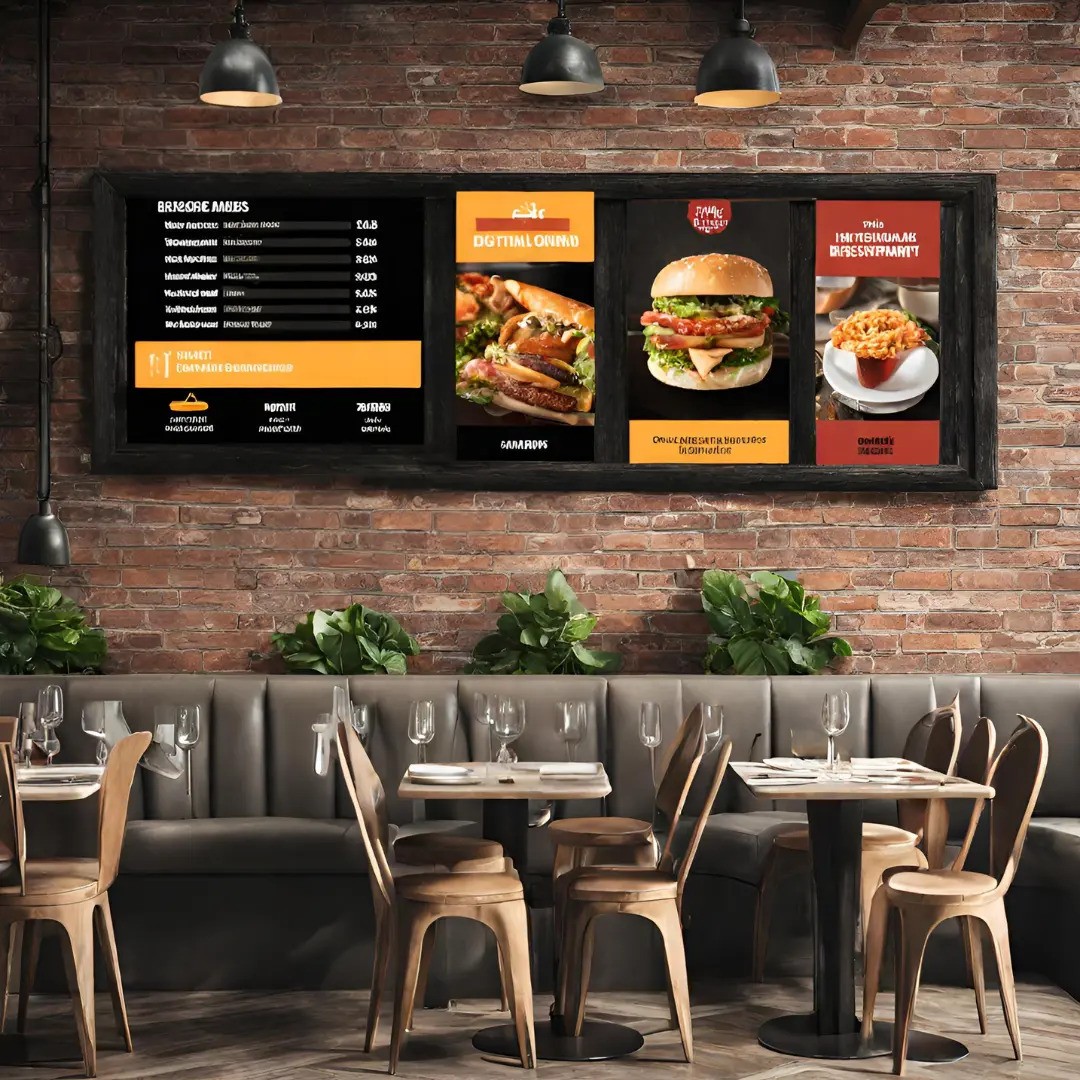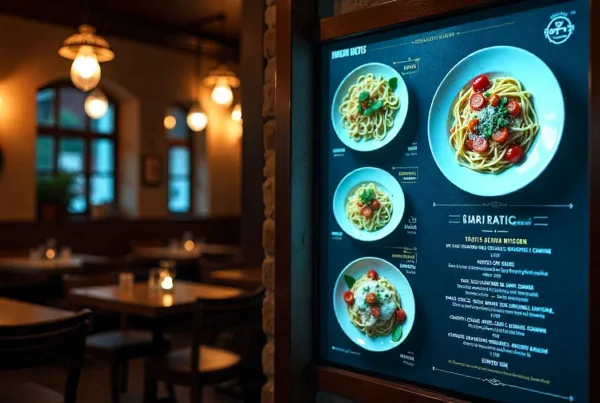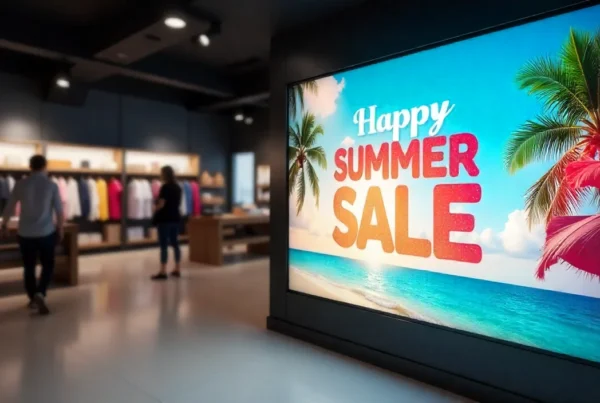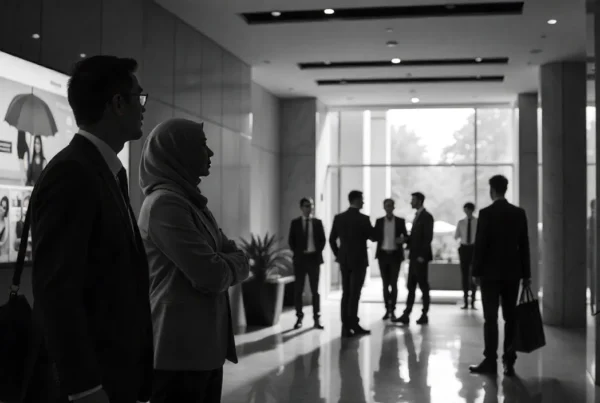In the bustling world of hospitality, where first impressions count, restaurant signage design plays a crucial role in attracting customers and setting the tone for the dining experience ahead. More than just a marker indicating a place to eat, a well-designed restaurant sign serves as a silent ambassador, beckoning hungry patrons and conveying the essence of what awaits within. Let’s delve into the art and science behind creating captivating restaurant signage that leaves a lasting impression.
Understanding Brand Identity:
Before putting pen to paper or cursor to screen, it’s essential to grasp the restaurant’s brand identity. What makes the establishment unique? What emotions and experiences does it aim to evoke? Whether it’s casual and cozy or upscale and elegant, the signage should reflect these characteristics through its design elements, color palette, typography, and overall aesthetic.
Clear and Legible Typography:
When it comes to restaurant signage, readability is paramount. Choose fonts that are easy to read from a distance and avoid overly decorative styles that may hinder comprehension. Consider factors like font size, spacing, and contrast to ensure that the text stands out against the background and can be effortlessly deciphered by passersby.
Eye-Catching Graphics and Imagery:
Incorporating visually appealing graphics or imagery can instantly capture attention and convey the restaurant’s theme or cuisine. Whether it’s a mouthwatering depiction of signature dishes, stylized illustrations that reflect the restaurant’s ambiance, or creative use of icons and symbols, imagery can be a powerful tool in making the signage memorable and enticing.
Reflective of Interior Design:
Restaurant signage should serve as a preview of what diners can expect once they step inside. Harmonizing the signage design with the interior decor creates a cohesive visual identity that extends from the exterior facade to the dining area. Consistency in design elements, color schemes, and branding reinforces a sense of continuity and reinforces the overall dining experience.
Strategic Placement and Visibility:
Location, visibility, and size are crucial considerations when positioning restaurant signage. Ideally, signage should be placed where it’s easily visible to foot and vehicle traffic, ensuring maximum exposure. Pay attention to local regulations regarding signage placement and size to avoid any legal issues or obstructions.
Incorporating Technology:
In today’s digital age, integrating technology into restaurant signage can enhance engagement and attract tech-savvy diners. Interactive displays, digital menu boards, or LED screens can provide dynamic content such as daily specials, promotions, or real-time updates, adding an element of intrigue and modernity to the signage.
Sustainability and Eco-Friendly Materials:
With growing environmental consciousness, many restaurants are opting for sustainable signage solutions that minimize ecological impact. Using recycled materials, eco-friendly inks, and energy-efficient lighting not only demonstrates a commitment to sustainability but also resonates with environmentally conscious consumers who prioritize eco-friendly practices.
Evoking Emotions and Appetites:
Ultimately, effective restaurant signage design should evoke emotions and appetites, enticing passersby to step inside and indulge in a culinary journey. Whether it’s the promise of delectable flavors, warm hospitality, or a memorable dining experience, the signage should ignite curiosity and anticipation, inviting diners to become part of the restaurant’s story.
Restaurant signage design is a delicate balance of artistry, functionality, and strategic thinking. By understanding the restaurant’s brand identity, prioritizing readability, incorporating captivating visuals, and embracing technology and sustainability, restaurateurs can create signage that not only attracts diners but also sets the stage for a remarkable dining experience. In the competitive landscape of the hospitality industry, a well-designed restaurant sign can be the difference between a fleeting glance and a memorable meal.





